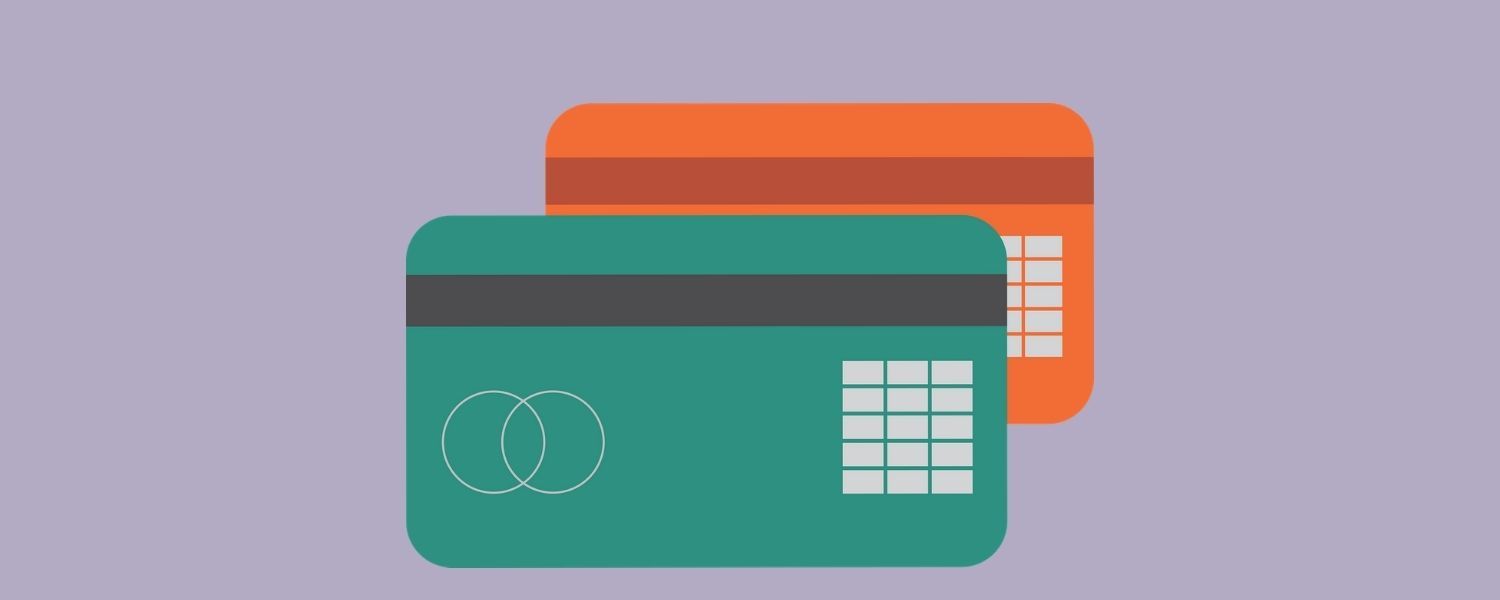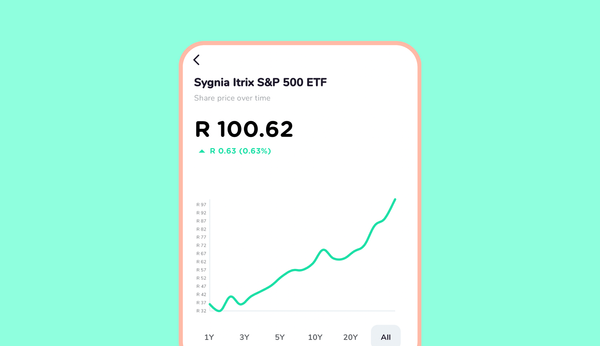One of the main reasons people don’t save regularly is that there’s always too much month left at the end of the money. It’s just hard to think about saving money if you’re always short.
The first step in becoming an investor, therefore, is to make sure you've got money left over at the end of the month (a monthly surplus in investor-speak). The second step is to clear yourself of unnecessary debt. That's what we mean by buying your life back.
Almost everyone with steady employment can live within their means given some self-discipline. If you are routinely running out of money before the next pay cheque comes along, you need to start tracking your expenses. It’s only by seeing where your money goes that you can draw up a budget that works.
Nowadays there are many convenient ways to analyse your spending habits and keep track of your costs. It’s important to make the expense categories quite specific — especially when it comes to life's little luxuries, like chocolate!
Broad groupings like groceries, entertainment and travel do not give you a fine-grained enough view. You need to create categories like shoes, coffees, ice creams and taxi fares to get the sort of detailed breakdown that lets you manage unnecessary expenses.
Your mission is to get your expenses down to 85-90% of your net income. When you have a 10% monthly surplus you’re in a position to make decisions about investing.
The Debt Trap
There’s a reason we put budgeting ahead of debt — you can’t get rid of debt unless you create a monthly surplus.
Most people take on short-term debt because they’re living slightly beyond their means. How often have you told yourself , “I just need to borrow a little bit to get me through the next month, then I’ll get things under control”?
If you have short-term debt (like outstanding credit card balances, personal loans, clothing store accounts or hire-purchase agreements) you need to follow these steps:
- Resolve to take on no more debt.
- Create that 10% monthly surplus through carefully budgeting and cost cutting.
- Pay off existing debts.
This third step — paying off debts — may seem like a burden, but you should actually see it as the beginning of your investment journey.
Debt is like a hole in the ground in the only place you’re allowed to build your house. You can’t invest until you fill that hole.
If you want to thrive financially, you have to buy your life back first!
(For the record, there is such a thing as "good" debt, like the mortgage you need to buy a house, but we'll unpack good vs bad debt in another article.)
The final compelling reason for flattening short-term debt is that it is expensive.
At the moment, credit cards are typically charging around 20% per year on unpaid balances, which is probably four times more than any interest you could earn in a savings account! The interest you pay on personal loans or hire-purchase agreements is often even higher than that. This is why you must pay off debt before you start to invest.
Paying off debt is investing because reducing outstanding loans means you pay less interest and paying less interest means you increase the monthly surplus!
Investing, at last
When you have paid off your short-term debts and created a 10% monthly surplus you can start investing.
If you already have a monthly surplus, you should set up your investment with franc.app today! Time is your best friend when it comes to increasing your returns on investment — the sooner you start, the more time your investments will have to grow. There’s no time like the present.
If you’re still underwater, don’t give up. We know it’s hard to break spending habits, but once you focus on the problem you’ll soon find alternative ways of doing things that are within your means. Do it today, it’s the first step in becoming an investor.










